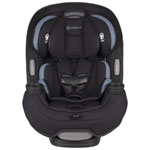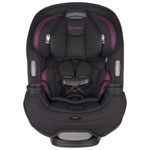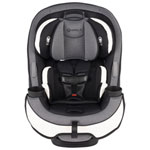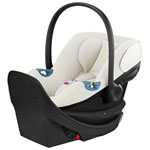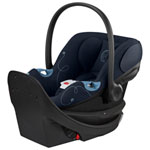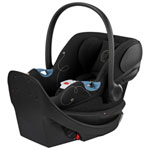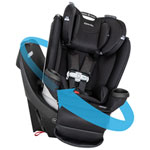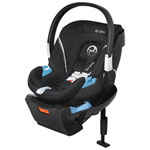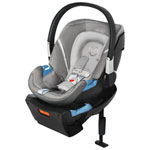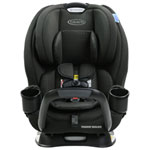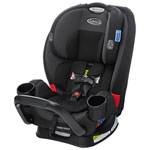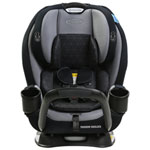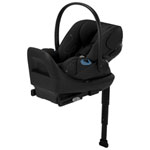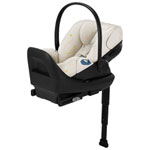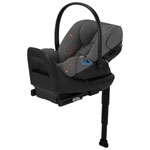Infant Car Seats: Everything You Need to Know
Securing your newborn or infant in a car seat designed for their age, weight, and height isn’t just good sense. It’s also the law. Each province and territory in Canada has its own restrictions and each model of car seat has its own specific recommendations, but there are a few general rules you should always follow.
If you’re trying to choose the best infant car seat before your little bundle of joy arrives, here’s a quick overview of the basics to help you decide.
What are the Safety Recommendations for Infants in Cars?
Children under the age of one should always be secured in a rear-facing car seat. Newborns and infants have weak neck and back muscles, and a rear-facing car seat helps protect them during a sudden stop or crash.
Typically, infant car seats have a weight limit of 10kg or 22lbs. Transport Canada recommends you keep using a rear-facing car seat as long your child is under the recommended weight and height limits.
It’s also highly recommended that car seats always be placed in the back seat of your vehicle. If your car or truck doesn’t have a backseat, it’s recommended that you deactivate the passenger air bag. In some provinces, deactivating the passenger air bag is required by law if a child under the age of 12 is going to be sitting up front.
What’s the Difference Between an Infant Car Seat and Convertible Car Seat?
With a newborn or infant, you can use either an infant car seat or a convertible car seat. Each type has its own pros and cons, so to help you decide here’s a quick look at the basic differences.
Infant Car Seats
Rear-facing infant car seats are popular among parents because they’re optimized for newborns, have a carry handle, and typically feature a base that stays in the car. That means the seat itself can be removed in a jiffy and carried (which is super handy when baby is fast asleep at the end of the car ride).
Many infant car seats can also be clicked into a stroller, which makes moving your little one from the car to the stroller easy breezy.
For multi-car families, infant car seats are handy because you can simply buy additional stay-in-car bases and use the same car seat in each vehicle.
Convertible Car Seats
Convertible car seats are popular among parents because, unlike infant car seats, they can be used for much longer. When your infant outgrows the rear-facing stage, the car seat can be converted to a forward-facing toddler seat. Some models can also be converted from a forward-facing seat into a booster seat.
The downside of a convertible car seat is they’re designed to stay in your car and aren’t compatible with strollers. You’ll also need one for each car.
Important Safety Tips
Be sure to check the expiry date before you buy an infant car seat or, if you’ve ordered it online, check as soon as you receive it in the mail. By law, this info must be placed on the actual car seat itself (not the box). Car seats do in fact wear and weaken over time, so if you plan on using the car seat for a second or third child, make sure the expiry date will accommodate those plans.
If your vehicle is in an accident, however minor, immediately replace the infant car seat. Car seats are designed to absorb impact, so even if the car seat was empty at the time of the accident, it could have been damaged. For these reasons, it’s a good idea to never buy an infant car seat second-hand.
Finally, be sure to register the infant car seat with the manufacturer as soon as you can. In the event there’s ever a recall, registering your product ensures you’ll receive the notice as early as possible.


